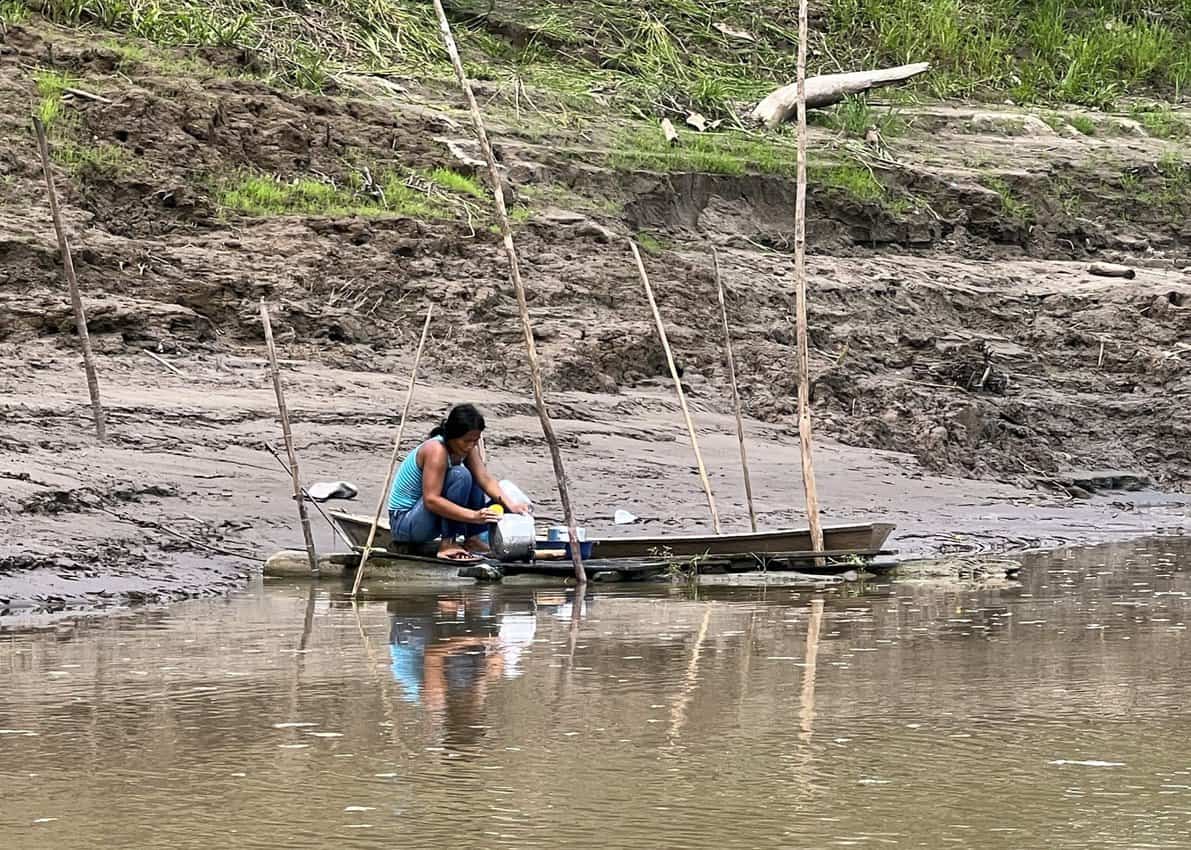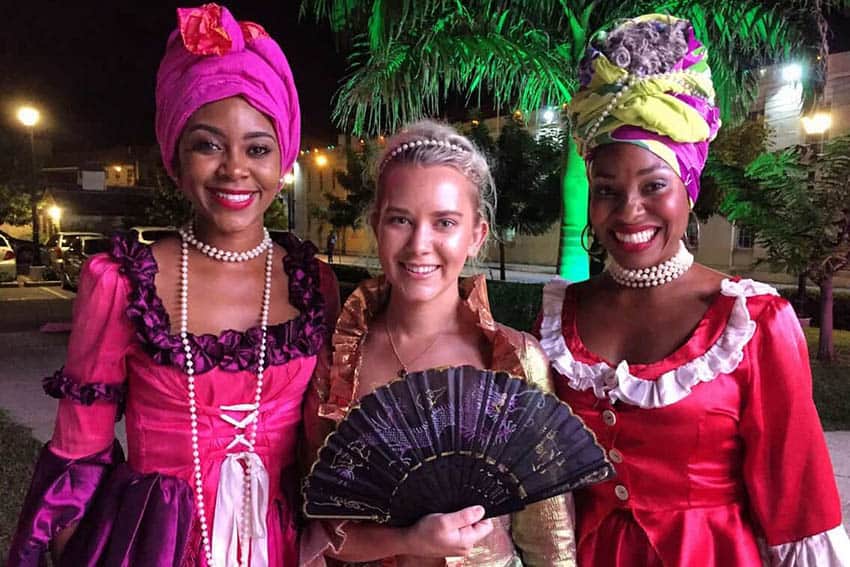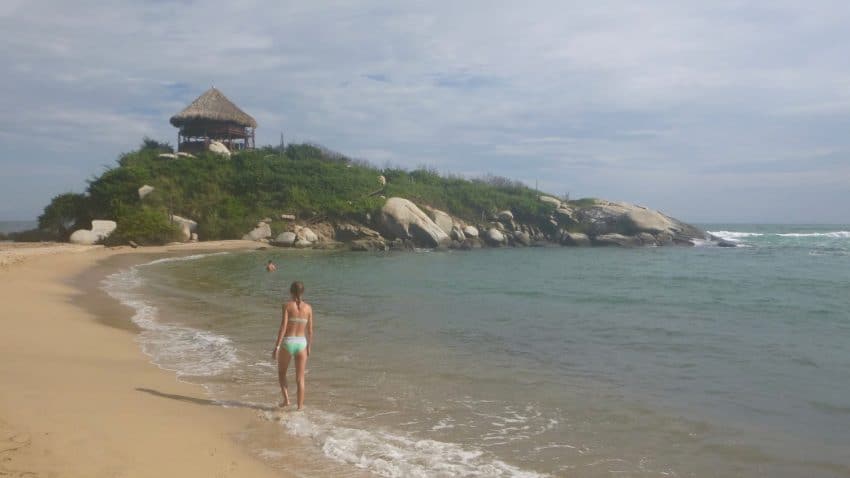
Todo Bien in Santa Marta, Colombia
By Benton Graham
Whether it’s an airplane, a hostel dorm, or a mall, you will be sweaty the moment that you release yourself from the air conditioning into the dense, tropical Santa Marta air.
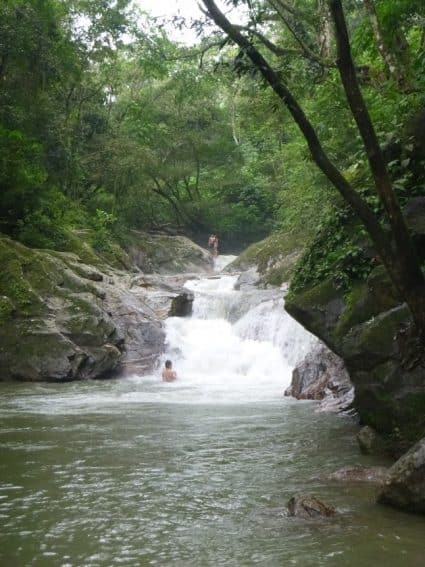
“Aye! Que calor!” is a common refrain among local Colombians to complain about the heat.
When I first moved here, I assumed that the exclamation suggested the weather was abnormally hot.
After living in Santa Marta for a few months, I learned that locals say this nearly every day, unless it rains because it is hot nearly every day.
The heat aside, Santa Marta offers both a great jumping-off point for adventures to nearby beaches and mountains and an awesome city in its own right.
The locals are some of the friendliest people I’ve ever encountered and greet each other with, “Todo bien (All good)?” The proper response is, “Todo bien (All good).”
Santa Marta
Before setting off on a journey to Minca, Palomino or Tayrona, I would recommend spending a night or two in the center of Santa Marta. Minca is a mountain village, Palomino is a beach town, and Tayrona is a national park.
The nightlife is great with nightclubs throughout Parque de Los Novios, a growing number of more chilled out cocktail bars in the same area, and tiendas serving tall Aguilas on nearly every corner until midnight. The sunsets are also incredible, so I like to start my night with a Club Colombia at Sunset or Caribbean Team on the pier.
Parque de Los Novios also offers a range of eating options. If you’re looking for a more traditional Colombian lunch, check out Caribbean Wings and leave stuffed with delicious, fresh seafood (12,000 pesos). I also was pleasantly surprised by menu del dia offerings at Govindas Cafe (Vegan; 9,000 pesos), as they provide flavors not always available in Colombia.

For a pricier dinner (25-30,000 pesos; still only a little more than $10 USD) Ouzo is a top choice for its pizzas and Mediterranean cuisine.
There are also a number of lovely hostels in the area, with Mulata Hostel ($25,000 pesos for a dorm) putting you right in the center of the action and Masaya ($35,000 pesos for a dorm) for a more upscale option.
The nearby beach communities offer their own nightlife and cultural options. Rodadero caters to locals and Colombian tourists with high rise apartment buildings lining the beach. Taganga, with its relaxed hostels and restaurants, draws a European backpacker crowd.
Bahia Concha is probably the nicest beach near the city and is easily accessible from Centro.
Ask your hostel for more details, but typically the easiest way to get there is to take a buseta (the blue buses that you see everywhere; 1,600 pesos) to Villa Concha and then take a short moto (10,000 pesos).
The beach is technically a part of Tayrona National Natural Park, so the entrance fee is 7,500 pesos.
As a history nerd, I also enjoyed all the historical landmarks of Colombia’s oldest city.
The Museo del Oro walks visitors through the expansive history of the region, showcasing exhibits of artifacts from the indigenous people who inhabited the region long before the invasion of European conquistadors all the way to modern-day local heroes like soccer players Carlos Valderrama and Radamel Falcao.

Best of all it’s free!
I also had a fantastic time visiting La Quinta San Pedro Alejandrino, the house where Simon Bolivar died. Throughout South America, Bolivar is revered as a hero and the site does an excellent job memorializing his legacy. The cost of entrance is 20,000 pesos and comes with a guided tour in English or Spanish (optional tip).
The museum is located across the street from Buena Vista Mall if you need to do any shopping or just want a few moments of air conditioning.
To get there take any blue buseta that says Mamatoco (1.600 pesos) and tell the driver that you want to get off at La Quinta San Pedro Alejandrino.
However, a key draw for the city of Santa Marta stems from its positioning near incredible natural settings: Tayrona, Palomino, and Minca.
Tayrona

The second most visited national park in Colombia, Tayrona’s beaches are the main draw for those visiting the Santa Marta area.
The bus runs from the mercado at Calle 11 and Carrera 11 and will bring you to the main entrance for 8,000 pesos (a 1-hour ride).
You can also take a boat from Taganga to Cabo San Juan just outside of Santa Marta for 50,000 pesos. The boat ride is not for the faint of heart.
Once inside, you will be surrounded by some of the most breathtaking beaches in Colombia.
With that being said, don’t be fooled by their beauty, as you should not swim in most. Cabo San Juan, the most popular swimming beach, is a two-hour hike from the entrance.

The hike is beautiful, and I was lucky enough to see some monkeys frolicking high up in the trees.
You can also hike to El Pueblito. If you decided against the intense voyage to La Ciudad Perdida, but still want to see ruins from the Tayrona indigenous people, El Pueblito is the perfect spot.
Just a three-hour hike from the park’s entrance, the ruins offer a glimpse into the lives of the Tayronas thousands of years ago.
In terms of accommodations, you can either stay at one of the hostels just outside of the park or spend the night in a hammock (25,000-30,000 pesos) or (30,000 pesos) tent in the park.
Accommodations in Tayrona are on a first come first serve basis. Although sleeping in hammocks doesn’t always offer the best night’s sleep, most consider it a great option because of the distance to the swimmable beaches.

The food is a bit expensive (15-35,000 pesos), so be prepared to bring snacks or pay a little more than you had been in other places on the coast.
Palomino
A low-key beach community, Palomino is a great place to unwind after a less than ideal night’s sleep in a Tayrona hammock or a late night in Santa Marta. The town has an awesome community of hostels and restaurants.
Palomino is just down the road from Tayrona, about two hours outside of Santa Marta. To get there, use the same bus as Tayrona, which costs 9,000 pesos if leaving from Santa Marta.

The primary activity in the town is tubing down Rio Palomino. The beautiful river lazily feeds into the ocean and offers tubers incredible views of the rainforest for the entirety of the 1.5-hour trip.
The current is slow, meaning the greatest danger is falling asleep and running into some branches on the shore. There are plenty of stands that rent tubes in the town.
To get to the river, take a 10-minute moto that will lead you to a trail about 25-30 minutes from the river. The moto and tube rental cost 20,000 pesos.
Quebrada Valencia is a beautiful waterfall just outside of Palomino. The falls are an easy 30-minute hike off the main road and offer yet another natural wonder on the Caribbean coast.
I stayed at The Dreamer Hostel (35,000 pesos) in Palomino and it was a great atmosphere, with dancing until midnight, friendly service and a lovely pool.
Minca
The heat on Colombia’s Caribbean coast can be oppressive. Fortunately, if you need a quick cool down, Minca, a town in the mountains, is 45 minutes outside of Santa Marta. The van runs from the mercado at Calle 11 and Carrera 11, up the block from the Tayrona/Palomino bus, for 9,000 pesos one way.
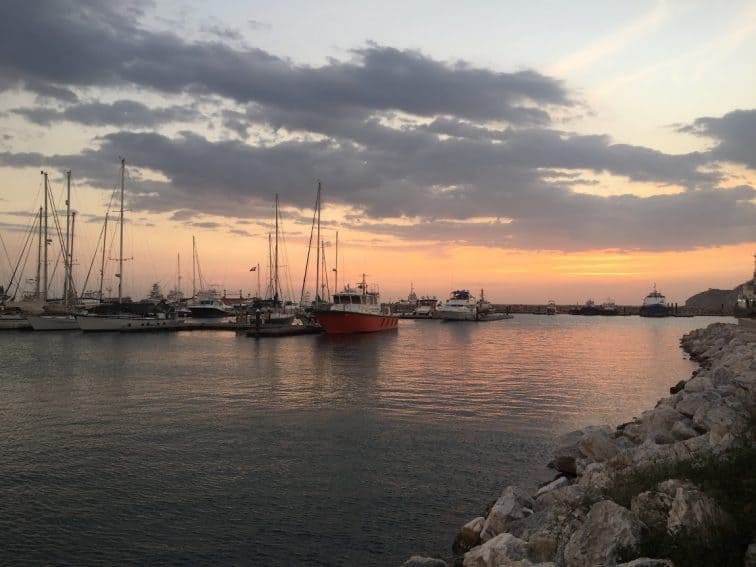
Pozo Azul and an afternoon at Candelaria Coffee Farm are musts. Pozo Azul is a mini waterfall that feeds into a watering hole about an hour walk from the center of Minca. Although the water is on the chillier side, I embraced the cold sensation that I hadn’t felt in months.
The Candelaria Coffee Farm offers a great way to taste local coffee and chocolate and learn about the process of making them. The farm also has a few private bedroom options (80-120,000 pesos).
I spent one night there, and, in the best way possible, there was nothing to do once the sun went down. The night served as an incredible breath of relaxation from the hustle and bustle of Santa Marta’s center.
For those with more time, try out the Los Pinos hike (about 6 hours round trip from town) or a bird-watching expedition (Minca is world-renowned for its birds).
Overall, Santa Marta offers a microcosm of Colombia, the country with the second most biodiversity. I’m lucky to have spent five months here, but everything is so accessible that you can see a ton in a much shorter period of time.
By the end of the trip, you’ll have a hard time leaving behind the “todo bien” lifestyle.

Benton Graham is a freelance writer spending the year working in Colombia and Mexico with an affinity for all things travel, beer, and Minnesota sports.
- Mongolia, the Land of Eternal Blue Sky - April 20, 2024
- These 9 U.S. National Parks Require Reservations in 2024 - April 17, 2024
- Take a Hike in Olympic National Park - April 17, 2024




